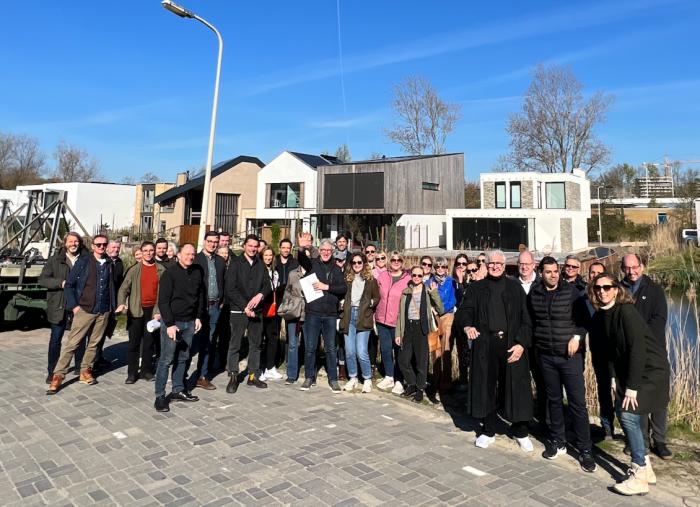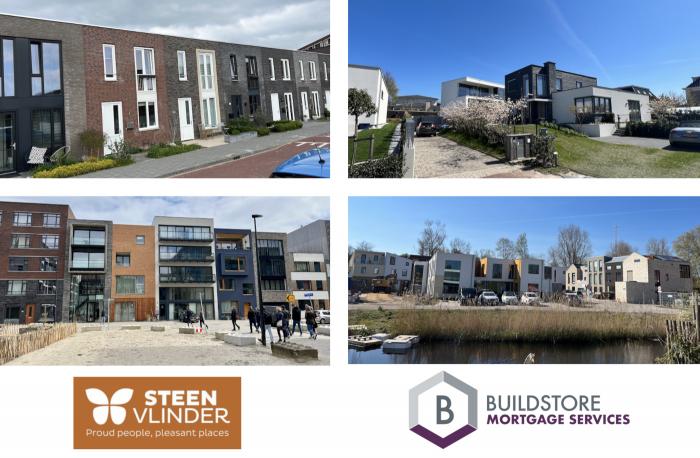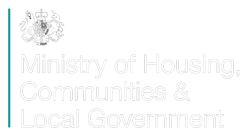<< More Updates
Curated by the Right to Build Task Force and Steenvlinder, April's trip to the Netherlands took in a range of custom and self build sites, with different routes to delivery.
The trip was kindly sponsored by Buildstore.
The Task Force will be hosting a Masterclass for free on 5 July at the new time of Midday, reviewing the sites visited, together with some learnings.
Sign up via Eventbrite

This was the Task Force's third study trip The Netherlands, taking in a new range of sites with a range of delegates including planners, local authorities and representatives from the Department of Levelling Up Housing and Communities and Homes England.
As always, each site had experts on hand who had been involved in the delivery of the project, and several self builders shared their experiences and opened their homes to attendees.

Here's a quick overview of the sites visited:
Mixed owner commissioned homes
Centrumeiland on the edge of Amsterdam is on land reclaimed from the sea, with 70% of the 1,700 homes delivered through some form of owner-commissioned process.
Delivery models include:
- Individual self build houses
- Group self builds where several self builders work together to design and commission a home in an apartment block, effectively building together.
- Custom build where a group builds under a developer-led scheme - again typically apartments.
- Cohousing apartment blocks, an area that is growing
- Affordable homes in apartment blocks
Typically streets are made up of medium-density blocks of apartments at each end that act as bookends, with an infill of lower height terraces made up of individual self build houses or smaller apartments built by groups.
Effectively most of the terraced houses are built as detached houses without a party wall, with side walls given a temporary treatment until the adjacent home is built flush to it.
Regenerated school with self-finish shells apartments
Instead of demolishing an obsolete school, De Bovenboog in Uithoorn, Steenvlinder acted as the enabler to create 17 shell apartments.
The shells were then purchased or rented by the future owners, who commissioned the trades and/or undertook work themselves to take the shells through to completion.
The model is unusual as to make the proposition more affordable interested parties had the option to rent the home for a fixed term, which came with a budget to undertake the works.
The amount was less than it would cost to hire a contractor to completely fit out the home, with the idea that the renter would put in sweat equity. On completion, renters have the option in the first five years to convert the rental property to a fully-owned product.
Buyers were also able to purchase more than one unit to create a larger footprint.
Mixed self build residential area
Deelplan 20 in The Hague features a mix of models, including terraces of self build houses, a terrace of the "I Build Affordable" homes and seven detached self builds set around a green. The 100 plots are set in two concentric triangles, with the terraces on the outer ring, together a few larger apartment blocks on the points of the triangle. These are co-commissioned self build apartments, affordable housing or cohousing.
As the site is approaching completion the town council is now completing the street infrastructure as the last homes are completed.
I-Build Affordable
The development includes a terrace of 20 "I-Build Affordable" homes, a model designed to allow people to build who might not be able to access the more costly plots. This enables people with incomes of between €33,000-40,000 to build for around €220,000.
The purchasers commission the trades to build out their own homes, while certain elements, such as solar and ground source heat pumps are commissioned collectively as part of the model to secure savings.
Values are based on market rates for land and building costs.
Council-led mixed self build site
Schapenatjesduin in The Hague is a dune environment set around a central pond that features a mix of detached and terraced self builds in a dense layout, with affordable homes in apartment blocks. The 50 houses have small gardens as part of the design code, as the site adjoins natural amenity space.
High-end detached self build site
Vroondaal, also in The Hague, stands out in the sites visited, as it was the only scheme that was a developer-led site, with over 400 plots on former agricultural greenhouses.
Originally, the 1,000 unit site was envisioned to be wholly self build, but the changing economic environment meant that part of the site was reinvented and given over to market housing.
The large self build area is zoned, with themes such as local vernacular, modern homes or traditional materials feeding into the self builders' designs for their individual detached homes.
Designs need to be signed off by a committee prior to submission to planning, while the design code sets out boundary treatments, typically hedging, to unify the site.
A sense of place is created by the narrow paved lane-style roads to create an appealing neighbourhood populated by large, well-appointed homes that show considerable freedoms in terms of designs and materials.
Read Steenvlinder's review of the trip.


